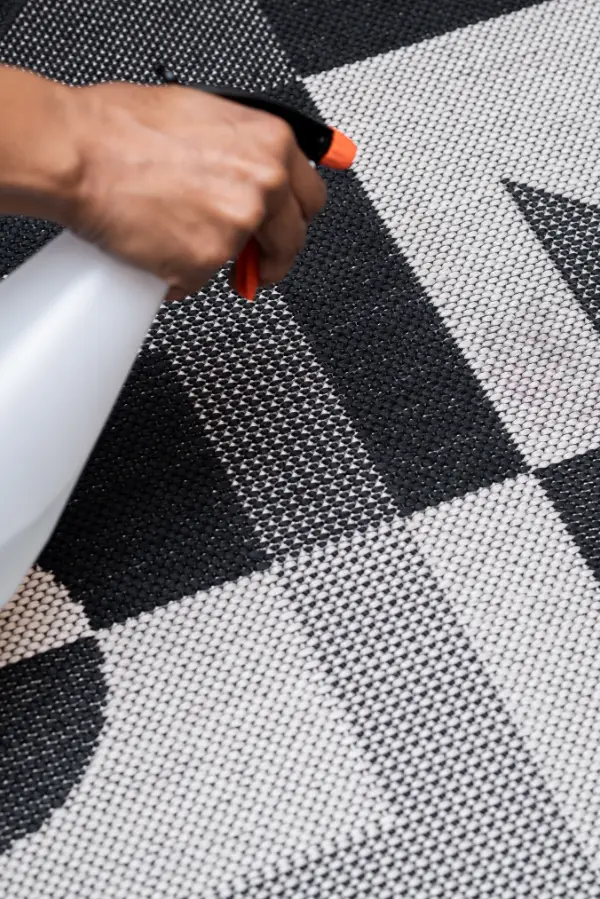Make That Stain Vanish: Effective Carpet Stain Removal
Understanding Carpet Stains
When to Use the Bleach Method
The Bleach Method: Step-by-Step Guide
Gather supplies
Create the solution
Safety precautions
Stain Removal Process
Tips for Successful Stain Removal

Carpet stains can be a homeowner’s nightmare, but with the right approach, even the most stubborn stains can be eliminated. This comprehensive guide focuses on effective stain removal techniques, with particular emphasis on the bleach method for treating tough carpet stains.
Before attempting to remove any stain, it’s important to understand what you’re dealing with. Carpet stains fall into several categories:
- Protein-based stains: Blood, milk, food
- Oil-based stains: Grease, makeup, crayon
- Tannin stains: Coffee, tea, wine
- Dye stains: Fruit juice, food coloring
- Soil-based stains: Dirt, mud
Different stains may require different treatment approaches, but the bleach method described below is particularly effective for many types of stubborn stains.
The bleach method is ideal for:
- Stubborn or set-in stains
- Colored stains (wine, juice, coffee)
- Mold or mildew stains
- Stains that haven’t responded to other methods
Important: Always test this method in an inconspicuous area first to ensure it won’t damage or discolor your carpet.

- Household bleach (without additives)
- Water
- Clean spray bottle
- Clean white cloths or paper towels
- Heavy, non-staining object
- Vacuum cleaner
Mix equal parts bleach and water in the spray bottle. Ensure the area is well-ventilated while working with bleach.
Wear gloves to protect your skin and ensure adequate ventilation in the room.
- Initial treatment: Remove as much of the stain as possible by blotting or gently scraping up any solid material. Never rub the stain as this can push it deeper into the carpet fibres.
- Apply the solution: Spray the bleach solution directly onto the stained area. Use a moderate amount - the carpet shoold be damp but not soaked.
- Blotting technique: Using a clean cloth, blot the stain working from the outside toward the center. This prevents the stain from spreading outward. Continue this process, using clean portions of the cloth each time, until the stain disappears.
- Rinse thoroughly: Spray the area with clean water and blot to remove all bleach residue. This step is critical to prevent bleach from continuing to act on the carpet fibres.
- Drying process: Place folded paper towels over the damp area and weigh them down with a heavy, non-staining object like a glass paperweight or book covered in plastic. This will absorb remaining moisture. Leave in place for several hours or overnight.
- Finishing touch: Once the carpet is completely dry, vacuum the area to restore the pile texture and fluff up the carpet fibres.
- Act quickly: The sooner you treat a stain, the better your chances of complete removal.
- Bleach alternatives: For colored carpets or those not suitable for bleach treatment, consider oxygen-based bleaches or specialized carpet cleaning products.
- Professional options: For valuable carpets or persistent stains, professional cleaning services may be your best option.
- Prevention strategies: Consider applying carpet protectors and establishing a "no shoes" policy to minimize future staining.
The bleach method can be remarkably effective for removing stubborn carpet stains when performed correctly. By following these step-by-step instructions and taking proper precautions, you can make most carpet stains vanish, restoring your carpet’s appearance and extending its lifespan.
Remember that regular maintenance and prompt attention to spills are the best ways to keep your carpets looking their best for years to come.













